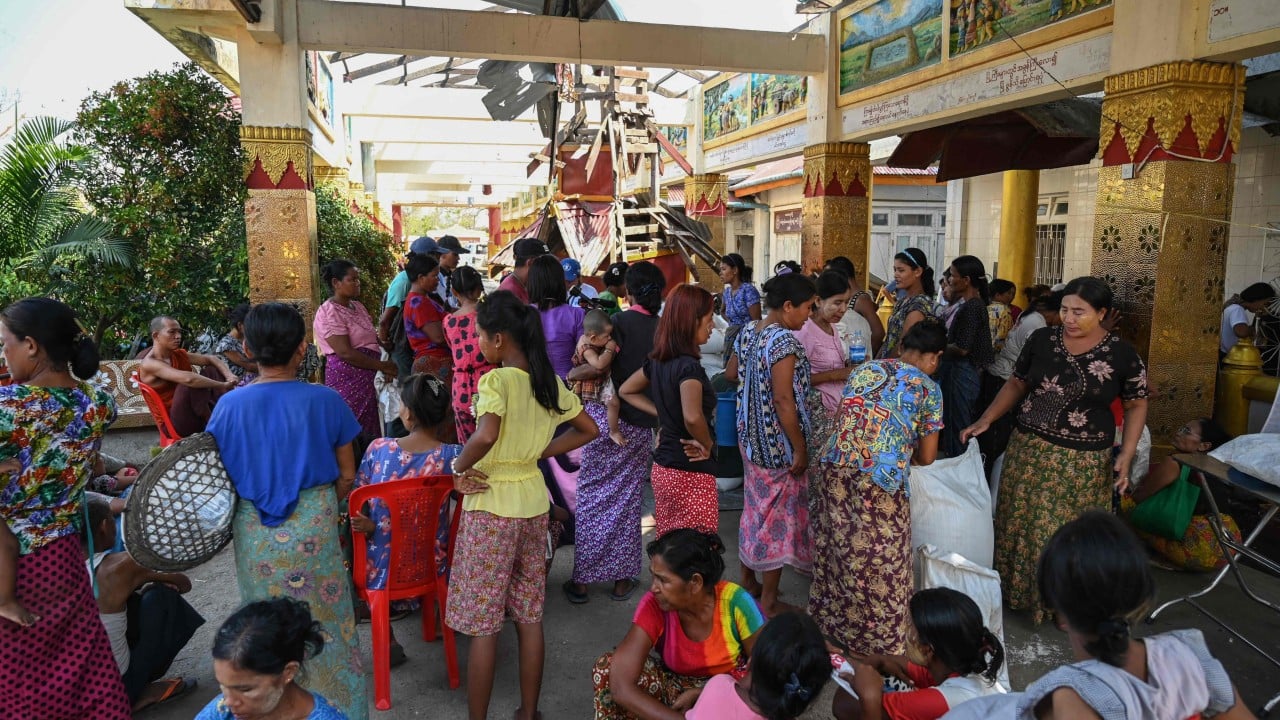The panic and chaos caused by US President Donald Trump’s executive order to halt foreign aid, followed by the shutdown plan of USAID, have roiled global humanitarian efforts, and Myanmar is no exception.
Advertisement
The United States has been a significant contributor to the country’s emergency and community resilience work. The US Agency for International Development’s shutdown, along with the broader reduction in US government funding, will have far-reaching implications for cross-border and in-country aid operations for Myanmar.
Myanmar accounts for more than US$238 million of the combined portfolios of US$35 billion among 159 countries that received USAID funding in 2024. About 47 per cent of the US$238 million went to the humanitarian sector. The remainder went into sectors such as healthcare, economy and education. The US has traditionally provided significant assistance to hard-to-reach regions in Myanmar through local partners and cross-border assistance. Refugees, internally displaced persons and vulnerable communities in conflict-affected border regions are primary recipients.
Mere days after the aid-freeze decision, people on the Thai-Myanmar border already felt the shock. Several agencies decided to cease essential humanitarian assistance programmes and shut down healthcare services on the Thai-Myanmar border. The Karenni Refugee Camp in Thailand’s Mae Hong Son district was one of the first to close down. Suddenly, its equipment and medicines were unavailable to those who needed it most, including pregnant women and people dependent on oxygen tanks to breathe.
Aid for the Rohingya through Bangladesh will be the only exemption.
Trump’s aid decision will also potentially shake Myanmar’s in-country humanitarian system. Different funding sources currently provide in-country humanitarian and development assistance in Myanmar. Most of the communities rely upon support from multilateral aid, such as provided by United Nations agencies. In 2024, Washington’s contribution accounted for 43 per cent of global humanitarian efforts and 31.6 per cent of Myanmar’s humanitarian response plan in particular. The UN High Commissioner for Refugees, the World Food Programme and the UN Children’s Fund are the top three recipients of USAID funding.
Advertisement
Given the significant UN funding gap between required aid amounts and actual disbursement, the implementation efforts of these agencies may be severely affected. Only critical operations, such as emergency food assistance and critical healthcare, are likely to remain. A return to normalcy would be extremely difficult for people in conflict areas who rely on foreign aid to survive, given the potential reduction in assistance in delivering essential services such as long-term healthcare, education, community resilience and agricultural production.


_2.jpg?itok=AmvglmvE)